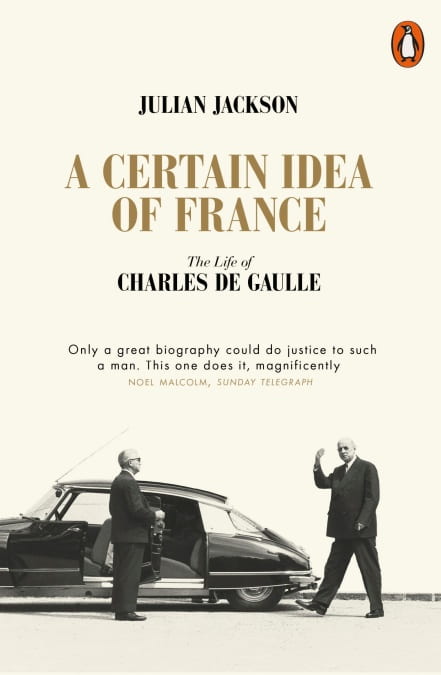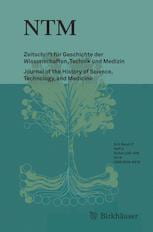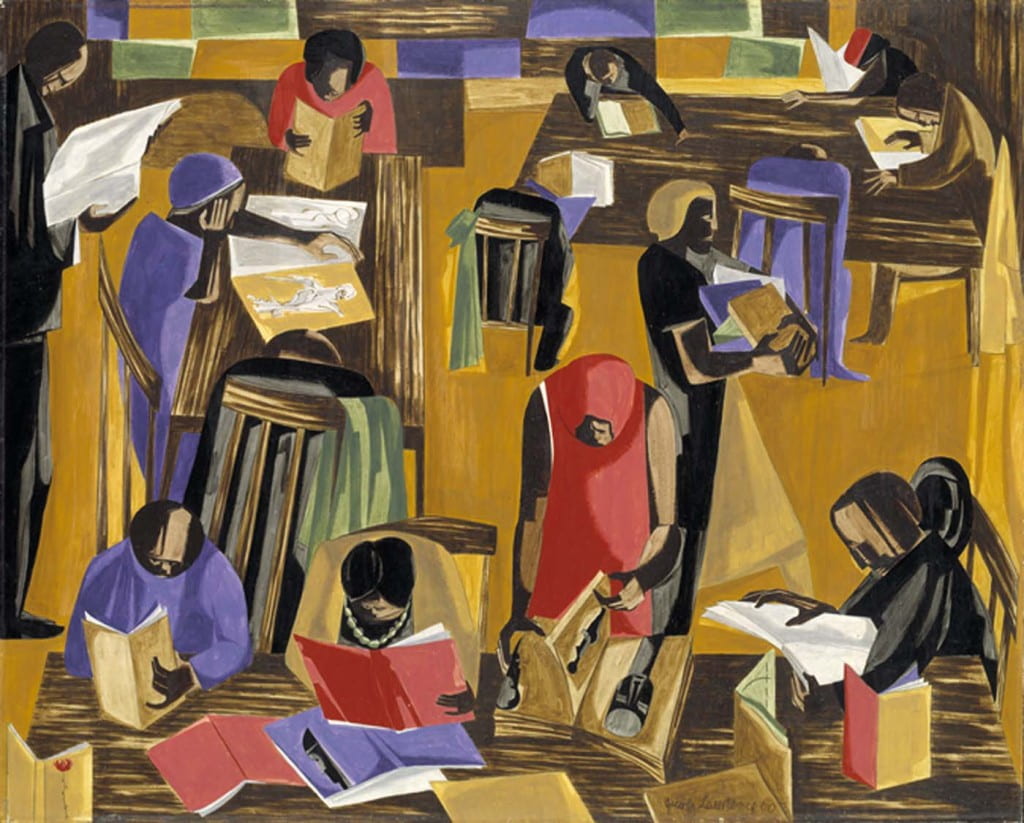Derek: I recommend teaching Ann Fabian’s The Skull Collectors: Race, Science, and America’s Unburied Dead (Chicago, 2010) in your undergraduate seminars. It’s exemplary in showing, not telling, the history of early racial science in the U.S. within the broad and unsettling context of creeping American power in the Pacific. It enables students to access a range of questions, which Fabian doesn’t assert easy answers to: the boundaries, practice, and features of antebellum science; the marketplace of curiosity; the relationship between geopolitical power, violence, and knowledge; the social context in which that knowledge is produced and articulated; the meaning attached to different bodies, in life and afterlife, among many others. Ironies pervade the story, which students can work to make sense of.

In the context of a course surveying counter-histories from the American Revolution to the present, I just spent a week on it with a group of first-year students at UC Berkeley. They’re new to college and benefitted from guidance on how to approach the text, but they found it accessible and compelling. The sharp prose and vivid depictions of a multi-centric history certainly help; the book’s very structure–which swings back and forth between the Eastern Seaboard and the Pacific, rather than hover around scientists in Philadelphia–can invite students to reflect on how and why the author chose this approach. For students in the sciences, it seemed especially provocative, as it gave them a chance to be self-reflective about how those disciplines function in comparison with antebellum science. It could certainly be taught in much more advanced classes, but I would also propose it as a great resource for early-career students tackling a full-length book for the first time.

Jon: A few contrasting takes on the historical and political meaning of recent debates about climate change in the wake of the Sept. 20 Global Climate Strike: Novelist Jonathan Franzen’s much-discussed New Yorker piece “What If We Stopped Pretending?” (related to his latest collection of essays) adopts a liberal-humanist and pessimistic approach to climate change, arguing that we should confront the case (his facts have since been criticized by many scientists) that climate catastrophe is inevitable and anything we might try to do about it would be too little, too late. “Human nature,” he writes, puzzlingly, makes catastrophic climate change all but inevitable. Franzen draws heavily upon the apocalyptic scenarios depicted in David Wallace-Wells’s similarly harrowing recent work, The Uninhabitable Earth: Life after Warming (Tim Duggan, 2019). Critics of both works argue that they suffer from a “disastrous failure of political imagination” (Jeet Heer) and are overly humanist, individualistic, and hence fatalistic: Of course climate catastrophe is inevitable if industrial societies remain fundamentally unchanged; the task for intellectuals in the Anthropocene then becomes how to imagine that necessary change. Perhaps the most compelling response to such inertia is the latest book by Naomi Klein, the noted Canadian-American journalist and activist and currently the Gloria Steinem Chair in Media, Culture and Feminist Studies at Rutgers University. Her book The Green New Deal: A Fight for Our Lives (Simon & Schuster, 2019) is a guide to the recent protests that outlines the immanent possibility of the wholesale transition of industrial society from fossil fuels to renewable energy in order to avert global warming and climate catastrophe. Part of the introduction is available in the New York Review of Books. In a recent interview, Klein criticizes Franzen’s liberal “climate defeatism” and draws upon historical precedents for inspiration: “When we think about whether or not societies can retool themselves quickly, launch a flurry of transformational policies in a very short period of time, the three historical precedents that are usually invoked in climate discussions are the New Deal under FDR, World War II mobilization in North America and in Britain, and the Marshall Plan after the Second World War. None of these historical precedents are perfect analogs for what we need. But they’re still useful to think about, in large part because one of the biggest barriers to doing what is necessary in the face of climate breakdown is a sense of inevitable apocalypse.” There may, however, be a place for defeat and failure in our conceptualization of climate change if they can help illuminate the blind spots and hubris of earlier carbon-centric thinking. Religion scholar Liane Carlson’s essay, “What is Called Thinking in the Anthropocene?” situates present debates about impending apocalypse in the history of Western thought: “We are thinking and failing to think about our new world with old categories the ‘we’ that thinks is collapsing—at least within the academy.” For our moment in which climate change and social breakdown are testing the limits of contemporary thought, Carlson shows how philosophy of religion can serve as an intellectual resource precisely because it is a tradition of “thinking about failure and thinking as failure.”
Max: Anyone with an interest in French history, or Europe more broadly, should read Julian Jackson’s A Certain Idea of France: The Life of Charles de Gaulle (Allen Lane, 2018). Charles de Gaulle, leader of the Free French during the Second World War, president of the Fourth Republic, and founding president of the Fifth, was, by 20th century French standards, a giant. At a time when the average Frenchman stood somewhere around 5’ 3’’, de Gaulle towered a head and shoulders above, standing around 6’ 4’’. A massive physical presence seems appropriate for a man who dominated French politics from the Liberation onwards. Through his intense charisma, his carefully cultivated mythos, as well as his involvement in the foundation of the Fifth Republic, de Gaulle created the modern French presidency.

Julian Jackson’s biography of de Gaulle is almost as massive as its subject. Its more than 780 pages of narrative and 100 pages of notes constitute the most comprehensive treatment of de Gaulle’s life and legend, the synthesis of many archives and the veritable deluge of de Gaulle scholarship (sometimes verging on hagiography) produced since the great leader’s death in 1970. Jackson traces de Gaulle’s decidedly old-fashioned upbringing and education in Catholic and military schools, his formative experience as a prisoner for much of World War I, and his intense ambition to compensate to get ahead during the interwar years as a writer and advocate of military modernization. De Gaulle emerges as a private man, devoted to his wife, Yvonne, and to his work, with deep insights on the nature of warfare and on the geopolitics of Europe.
But de Gaulle only became ‘de Gaulle’ during the Second World War, when he and his family fled to London. While the Field Marshall Pétain and others struck a pact with the National Socialists and established the government at Vichy, de Gaulle insisted from the beginning that collaboration was treason. Jackson gives a compelling account of de Gaulle’s much-celebrated speech—a speech that few people actually heard when it was first broadcast on the BBC. ‘Whatever happens, the flame of French resistance must not be extinguished and will not be extinguished,’ the then-unknown General said.
Through charm, strategy, and, more often than not, sheer stubbornness, de Gaulle made sure that he, and the legitimate French government that he felt himself to represent, were an equal partner with the Allies in the war effort and, critically, in the settlement that followed. In the years and decades after the War, de Gaulle continued to resist American and British power in Europe and in the rapidly shifting French colonial sphere, withdrawing from NATO and blocking British attempts to join the European Economic Community. (Although we now think of France as a deeply pro-European state, de Gaulle was only pro-Europe as long as it served the interests of France.) At the same time, he worked to modernize the French economy and reorganized the government so as to found the modern French bureaucratic state, and summoned the political will necessary to decolonize Algeria, which, as Jackson illustrates, was a political challenge of now almost unthinkable difficulty.
I picked up A Certain Idea of France because I was looking for a biography that would help me understand France the way Robert Caro’s biography of Lyndon Johnson has helped me understand the United States. Although nothing really compares to Caro, Jackson’s book has come close, showing how one leader, and the institutions he helped build, laid the foundation for modern French politics. Jackson’s book is particularly useful in understanding the model of executive power Emmanuel Macron has tried to cultivate, and which now, as a result of the Gilets jaunes, has been compelled to reconsider.

Anne: To continue the thread on climate change, I am adding Andrea Westermann’s article “Migrations and Radical Environmental Change: When Social History Meets the History of Science” (NTM Journal of the History of Science, Technology and Medicine, 2019) to the mix. The rise of the environmental refugee during the second half of the 20th century, and the fact that environmental disaster is still missing from the UN legal framework for refugee protection, has been both a frequent point of critique and a concern for future migration governance. As Westermann puts it, “every category of migrants—political refugee, asylum seeker, developmental refugee, economic migrant, seasonal worker—might end up being indexed ecologically.” (379) But her review of four recent works—Bruno Latour’s Down to Earth: Politics in the Climate Regime (Polity Books, 2018), Sam White’s A Cold Welcome: The Little Ice Age and Europe’s Encounter with North America (Harvard University Press, 2017), Hannah Holleman’s Dust Bowls of Empire: Imperialism, Environmental Politics, and the Injustice of “Green” Capitalism (Yale University Press, 2018), and Marco Armiero’s and Richard Tucker’s edited volume on the Environmental History of Migrations (Routledge, 2017)—emphasizes that migration and environmental change have been epistemologically connected for a much longer time. Offering a critical view on how these recent studies have sought to identify migratory paths in climate history and read environmental factors into migrations as early as those of 16th-century colonists to North America, Westermann’s article is an excellent starting point for those beginning to think about migration and the environment in more expansive ways.




1 Pingback